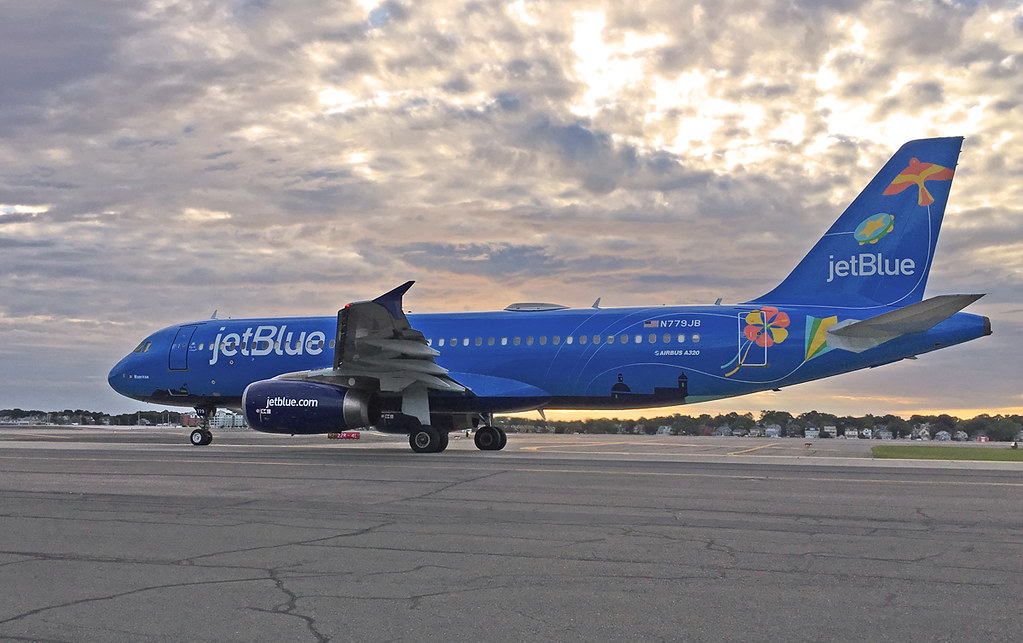JetBlue (NASDAQ: JBLU) today announced that starting May 4 all customers will be required to wear a face covering during travel. The policy comes after the airline began requiring all crewmembers to wear face coverings while working. JetBlue has modeled its policy on the Centers for Disease Control (CDC) guidelines that indicate all individuals should wear a face covering in public to help slow the spread of the coronavirus (COVID-19).
“Wearing a face covering isn’t about protecting yourself it’s about protecting those around you,” said Joanna Geraghty, president and chief operating officer, JetBlue. “This is the new flying etiquette. Onboard, cabin air is well circulated and cleaned through filters every few minutes but this is a shared space where we have to be considerate of others. We are also asking our customers to follow these CDC guidelines in the airport as well.”
This new policy will require customers to wear a face covering over their nose and mouth throughout their journey, including during check-in, boarding, while in flight and deplaning. Customers will be reminded of this requirement before their flight via email and at the airport by both terminal signage and announcements. Small children who are not able to maintain a face covering are exempt from this requirement.
CDC guidance defines a suitable face covering as an item of cloth that should fit snugly against the side of the face, be secured with ties or ear loops, include multiple layers of fabric and allow for unrestricted breathing. The CDC recommends surgical masks and N-95 respirators be reserved for healthcare workers and other medical first responders.
Maintaining distance onboard whenever possible
Beyond face covering requirements for crewmembers and customers, since late March, JetBlue has limited the number of seats available for sale on most flights, allowing the airline to provide additional space between individuals who are not traveling together. Before each flight, JetBlue reviews seat assignments to ensure as much personal space as possible. In addition, rows near crewmember jump seats have been blocked off to create buffer zones for added crewmember and customer safety.
Safety enhancements throughout the journey
All of JetBlue’s aircraft are equipped with hospital grade high-efficiency air particulate (HEPA) filters. All recirculated air is passed through these HEPA filters before re-entering the cabin and being mixed with fresh air. All of the air in the cabin is, on average, completely changed every three minutes. HEPA filters are capable of removing 99.97 percent of particles, bacteria and viruses. To learn about how air circulates onboard JetBlue’s fleet, view this JetBlue video at https://youtu.be/Q2_C2iN-tEs.
Since the coronavirus began spreading in the United States, JetBlue has increased the rigor of its aircraft cleanings at night and between flights, using disinfectant approved to kill the coronavirus. Cleanings have been focused on the places customers and crewmembers touch the most, including seat covers, seatbelts, tray tables and armrests. Traditional food and beverage service have been adjusted onboard to limit touchpoints between crewmembers and customers. To learn about all the additional measures JetBlue has implemented visit http://blog.jetblue.com/coronavirus.





